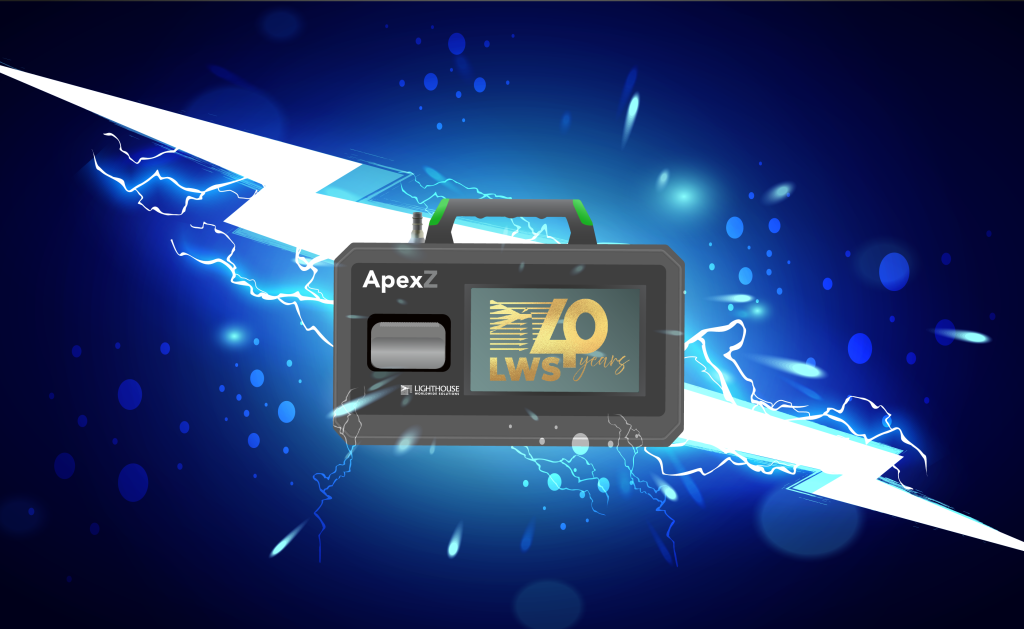In the meticulous realm of pharmaceuticals and controlled environments, precision is paramount. Particle counters emerge as indispensable tools in maintaining stringent quality standards. This blog elucidates the critical role of particle counters in cleanroom certification, routine monitoring, and HEPA filter testing while adhering to ISO standards.
Certifying Cleanrooms using Particle Counters as per ISO 14644-1:2015
The ISO 14644-1 standard stands as the global benchmark for categorizing air cleanliness in controlled environments. This standard delineates airborne particulate contamination limits and provides a structured method for classifying and certifying cleanrooms. Here’s a comprehensive roadmap for certifying cleanrooms using particle counters aligned with ISO 14644-1:
Preparation:
- Obtain the latest ISO 14644-1 standard version.
- Review cleanroom design, specifications, and classification needs.
- Select a calibrated particle counter suitable for the particle size range and sensitivity.
- Ensure the cleanroom is appropriately prepared and operational.
Sampling Locations:
- Determine the minimum sampling locations based on the cleanroom area.
- Create a uniform grid pattern for sampling.
- Document and mark sampling locations.
Particle Counter Setup:
- Configure the particle counter to measure required particle size ranges.
- Set sample volume and duration according to standards.
- Calibrate the particle counter per ISO 21501-4.
Sampling Procedure:
- Stabilize the cleanroom’s air handling system.
- Begin sampling and record particle count data.
- Repeat the procedure for all sampling locations.
Data Analysis:
- Calculate the average particle concentration for each size range.
- Determine maximum allowable concentrations per classification.
- Compare measured concentrations with allowable limits.
Certification Report:
- Prepare a detailed report documenting the process.
- Include cleanroom specifications, particle counter settings, and calibration info.
- State cleanroom compliance/non-compliance with ISO 14644-1.
- Provide recommendations for improvements if needed.
Ongoing Monitoring and Recertification:
- Develop a monitoring plan for continuous compliance.
- Regularly maintain and clean the cleanroom.
- Schedule periodic recertification assessments.
By adhering to these steps, cleanrooms can be certified using particle counters in alignment with ISO 14644-1. It’s essential to follow standard guidelines, maintain thorough documentation, and uphold best practices for ongoing compliance.
ISO 14644-2 guides the selection and utilization of particle counters in cleanrooms. It outlines criteria for choosing suitable counters, monitoring frequency, and data interpretation. Routine monitoring is a pivotal aspect of maintaining cleanroom performance. Key aspects of routine monitoring include:
Routine Monitoring:
- Regular assessment to ensure ongoing cleanroom compliance.
- Measure and analyze airborne particle concentrations.
- Frequency is determined by classification, application, and risk assessment.
Monitoring Plan:
- Base plan on risk assessment.
- Include sampling locations, frequency, particle size ranges, equipment, and limits.
Documentation and Data Management:
- Maintain comprehensive records of monitoring.
- Analyze data for trends and performance evaluation.
Training and Personnel:
- Train personnel on particle counter usage and monitoring plan.
Periodic Reviews:
- Periodically review and update monitoring plans.
ISO 14644-3:2019 provides meticulous guidelines for testing cleanrooms and clean air devices. When it comes to filter testing, this standard offers explicit guidelines for utilizing particle counters to measure particle counts upstream and downstream of filters. This procedure is particularly relevant for High-Efficiency Particulate Air (HEPA) and Ultra Low Particulate Air (ULPA) filters, commonly found in cleanrooms.
The Installed Filter System Leakage Test with a Particle Counter (LSAPC)
The LSAPC method evaluates filter system efficiency and integrity in cleanrooms. It detects filter leaks and ensures filters operate optimally. It involves introducing particles upstream and measuring concentrations downstream. Key steps include:
Filter Challenge: Aerosol particles are introduced to the upstream side.
Upstream Aerosol Concentration: Ensuring sufficient concentration for accurate scans.
Stage 1 & 2 Testing: Scanning and re-measuring to identify potential leaks.
Acceptance Criteria: Defining acceptable particle penetration levels.
Advantages of Particle Counters over Photometers
Efficiency: Requires significantly less aerosol mass than photometers.
Safety: No fire risk, smaller generators.
Microspheres: Eliminates oil-based aerosol requirement.
Compatibility: Suitable for PTFE filters.
Technology: Smart technology enhances testing quality.
Data Accuracy: Real particle counts instead of relative % concentration.
Versatility: Suitable for MPPS efficiency testing.
Conclusion
In the realm of cleanrooms and controlled environments, particle counters are indispensable tools. From certifying cleanrooms to routine monitoring and HEPA filter testing, these devices play a critical role in ensuring the utmost quality and compliance. By adhering to ISO standards and leveraging particle counter technology, pharmaceutical facilities can maintain the highest standards of sterility and product integrity, ultimately safeguarding patient health and safety.
Check out this Tech Paper to learn more about particle counting!


